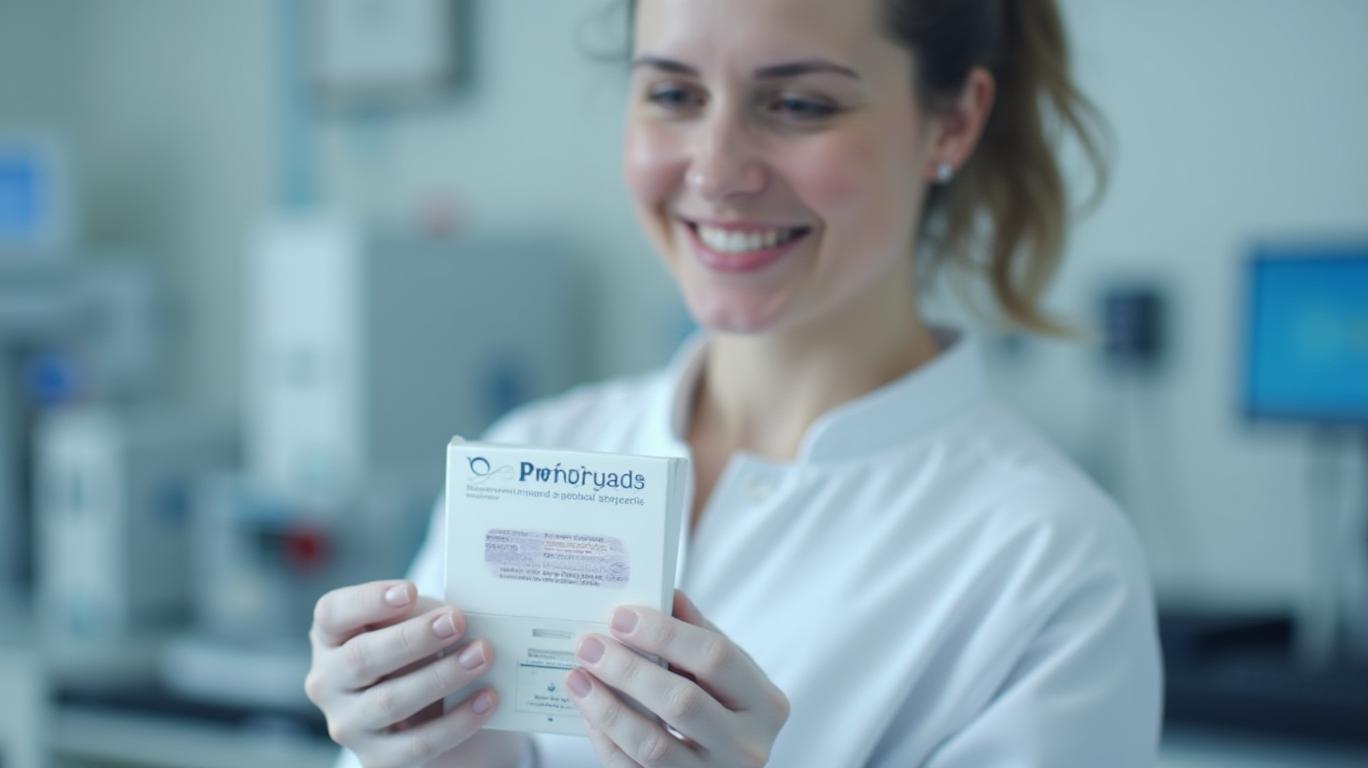Myriad Genetics (MYGN) Stumbles in Q1: Can the Biotech Bounce Back?
Investors in Myriad Genetics (MYGN) were greeted with a mixed bag on May 6, 2025, as the molecular diagnostics leader reported its first-quarter earnings. While the company narrowly beat adjusted EPS expectations, revenue fell sharply—and shares tumbled 16% after-hours. Let’s dissect what went wrong, what’s working, and whether this biotech can rebound.
The Numbers Tell a Story
Myriad’s Q1 revenue dropped 3.1% to $195.9 million, missing Wall Street’s $200 million estimate. The miss was driven by headwinds in key segments:
- Pharmacogenomics testing plunged 20% to $31 million, as UnitedHealthcare’s January 2025 policy changes cut demand for its GeneSight test.
- Hereditary Cancer testing (part of Women’s Health) slid 2% to $86.3 million, with sluggish adoption of EMR integrations and competitive pressures.
- Tumor Profiling revenues fell 5%, while Prenatal testing surged 11% to $49.3 million, fueled by its new Prequel Early Gestational Age test.
Adjusted EPS came in at -$0.03, a small beat versus estimates, but GAAP EPS stayed stuck at -$0.29. Management slashed full-year revenue guidance to $807–$823 million (down from $840–$860 million) and narrowed adjusted EPS guidance to breakeven.
Where the Money Went—and Why It Matters
The biggest red flag? Myriad’s struggle to retain market share in its core businesses. UnitedHealthcare’s coverage cuts alone cost the company $13 million in revenue, according to management. Meanwhile, slow progress in integrating its tests into electronic medical records is stifling growth in hereditary cancer testing.
But here’s the kicker: Excluding external headwinds, revenue grew 5% year-over-year. That suggests the company’s core business is still intact—just buried under execution issues and bad luck. Margins, at least, are improving: gross margin expanded to 69%, driven by lab efficiency gains.
The Silver Linings
Don’t write off Myriad yet. The company has two major tailwinds in its favor:
1. Prenatal testing dominance: The Prequel test’s 11% revenue growth shows why this segment is now its largest. With plans to expand the test’s use to earlier pregnancy stages, this could become a long-term cash cow.
2. Pipeline momentum: A new AI-driven prostate cancer test (Prolaris) with Pathomiq, expected by year-end, and a focus on oncology could reignite growth. CEO Sam Raha emphasized “cost discipline” and a return to profitability in 2025, backed by $25 million in annualized expense cuts.

The Bottom Line
Myriad is at a crossroads. Its stock now trades near 52-week lows, reflecting investor frustration over missed revenue targets and guidance cuts. But the company isn’t broken—it’s battling execution hurdles in key markets while investing in high-margin opportunities like prenatal testing and AI-driven oncology tools.
Here’s the math:
- Cash is solid: $91.8 million in the bank, up from $39.6 million last quarter.
- Margin trends are positive: Gross margin expanded by 50 basis points.
- Long-term vision: Management still projects high-single-digit to low-double-digit revenue growth over the long term.
If you’re a patient investor, this could be a buying opportunity—but only if Myriad can stabilize its core businesses. Until then, the 16% post-earnings selloff means shares are pricing in a worst-case scenario. Watch for progress in EMR adoption and any positive surprises in Q2’s Pharmacogenomics segment.
Action Alert: Myriad isn’t dead, but it’s wounded. Wait for a clearer path to revenue stabilization before diving in. If the stock tests its 52-week low ($12.50), the risk/reward could tip in favor of a speculative buy—just don’t expect fireworks until 2026.
The verdict? Myriad’s stumble is a setback, not a disaster—but its bounce-back hinges on execution. Stay tuned.










